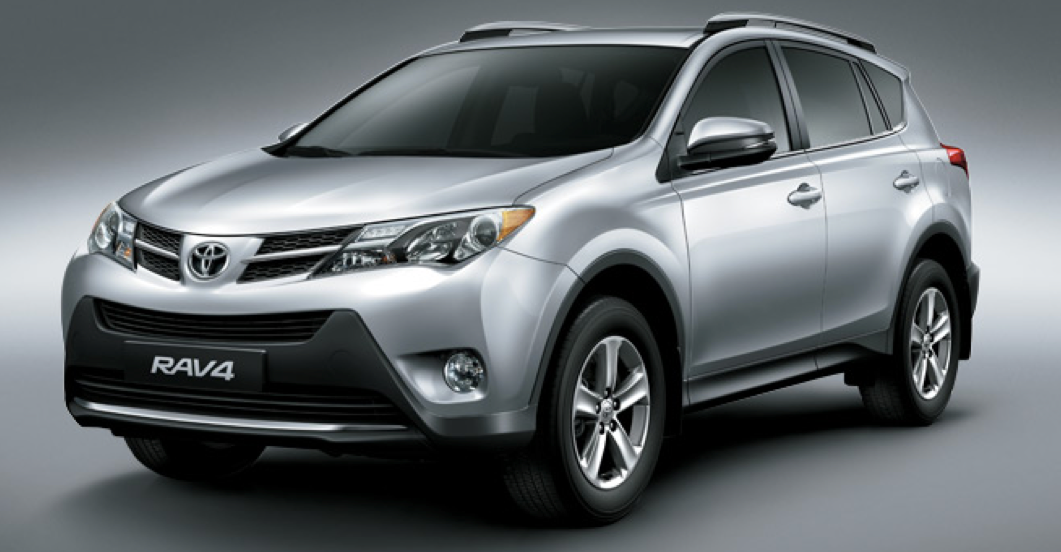
This means that the CR-V has less power and torque, but it’s turbocharged, so it actually feels quicker and is also a smoother, more refined engine. It has a traditional eight-speed automatic.

The RAV4 has a 2.5-liter naturally aspirated inline-four good for 203 hp and 184 lb-ft. It has a continuously variable transmission. The CR-V’s standard 1.5-liter turbocharged inline-four produces 190 horsepower and 179 pound-feet of torque.

There is also the RAV4 Prime, a plug-in hybrid that Honda has no answer for. Keep in mind that we’re talking about a minimal difference in terms of actual money spent, here. Its all-wheel-drive version gets 40 mpg combined, though, which is superior to the AWD CR-V’s 37 mpg combined. When it comes to the gas-only engines, the CR-V and RAV4 are tied at 30 mpg combined with front-wheel drive and 29 mpg combined with all-wheel drive (off-road-oriented RAV4s are bit lower).Īs for the hybrids, the CR-V’s Sport trim is available with a front-wheel-drive version capable of 43 mpg combined. We wouldn’t put too much weight in that, though, as the RAV4 is still a Top Safety Pick … it just doesn’t get the +.īoth come standard with forward collision warning, automatic emergency braking, lane-keep assist, and adaptive cruise control, while blind-spot and rear-cross traffic are standard on all but the base RAV4 LE (a trim that had no equal in the CR-V lineup at the time of this writing). The RAV4 hasn’t even been subjected to that test yet, and it received “Average” scores in two of the IIHS updated tests where the CR-V aced.

The CR-V received a Top Safety Pick+ award from the Insurance Institute for Highway Safety for its best-possible performance in all categories, except for one new category: it got two out of three points for front crash prevention at night. Finally, certain RAV4 models like the Adventure, Woodland and TRD Off-Road have more functional roof rails than the CR-V’s. The RAV4 Hybrid also has a spare tire, while the CR-V Hybrid does not. Its cargo cover can be stored under the floor, which itself can lower by about 2 inches for increased space/versatility. It has greater advantages than that, though. We backed this up in real-world testing, too, as the Toyota can in fact hold just a bit more behind its raised back seat. On paper, the RAV4 has more cargo space with 37.5 cubic-feet to the CR-V’s 36.3.

(CR-V is the one with leather upholstery and no rubber cargo mat) Which has more cargo capacity and functionality?


 0 kommentar(er)
0 kommentar(er)
